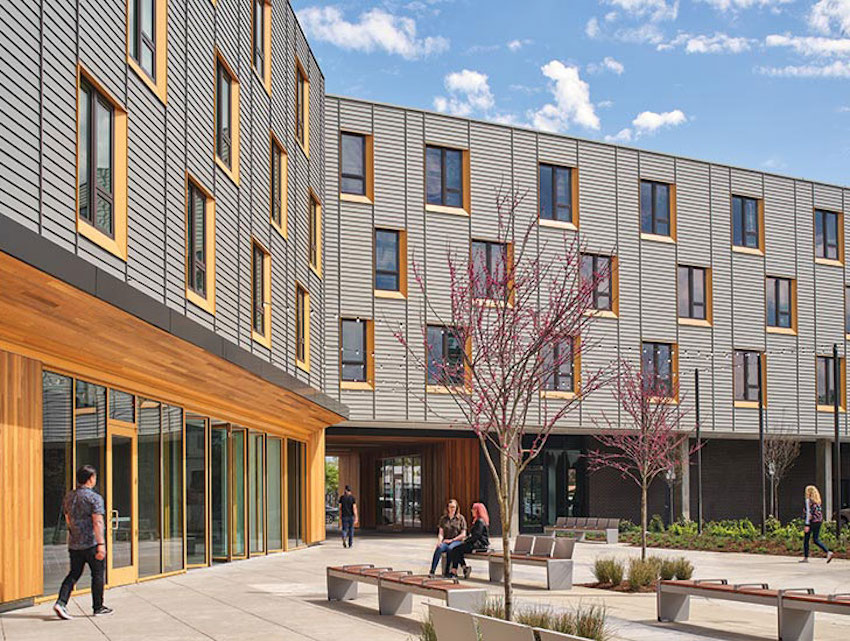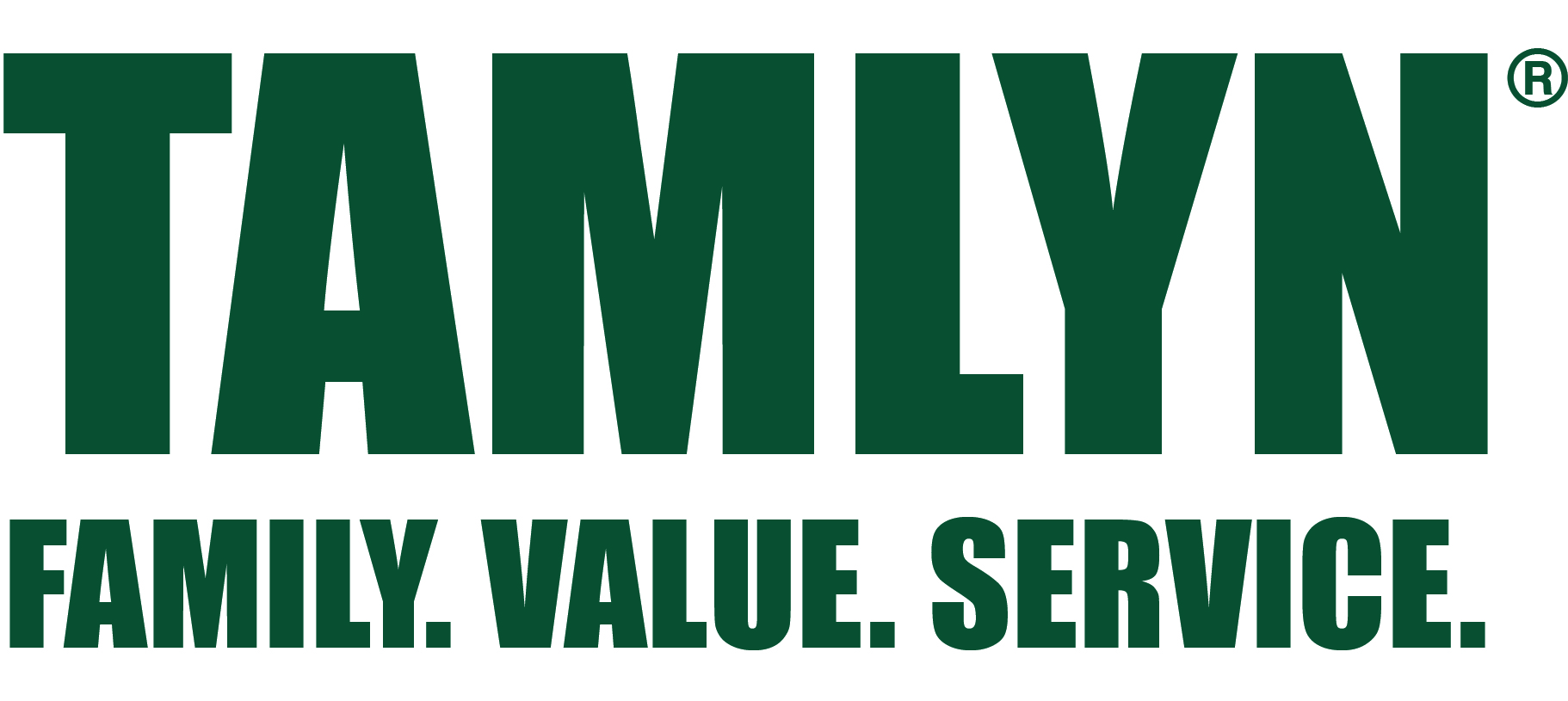Creating Community: Meeting the Many Goals of Multi-Family Projects
Learning Objectives:
- Summarize the methods used to minimize noise in multi-family projects.
- Discuss the trends in community amenity spaces in multi-family projects.
- Understand how multi-family housing can meet the needs and values of urban environments.
- Explain the model of housing diversity and mixed use as presented in these projects.
Credits:
This course is approved as a Structured Course
This course can be self-reported to the AANB, as per their CE Guidelines
Approved for structured learning
Approved for Core Learning
This course can be self-reported to the NLAA
Course may qualify for Learning Hours with NWTAA
Course eligible for OAA Learning Hours
This course is approved as a core course
This course can be self-reported for Learning Units to the Architectural Institute of British Columbia
This course is part of the Multifamily Housing Academy
With most urban centers experiencing housing shortages and a growing homeless population, these multi-family projects, many of which address affordable housing issues, demonstrate ways that architects can work with cities and towns to bring communities together. With socially conscious design decisions, the needs of an ever more diverse population can be addressed.
XS House by ISA
XS House is a show case for of inventiveness, spatial efficiency, and relative economy, as well as an example of one approach to multi-family housing for dense urban environments.
Joann Gonchar, FAIA
72Foster by Holst Architecture
A city-owned trapezoidal parking lot now holds an obtuse V-shaped, four-story, wood-frame structure that houses 100 families. This building is outstanding for its collaboration between an architecture firm, a nonprofit developer, and a social services agency.
Miriam Sitz
Broadway Housing by Johnsen Schmaling Architects
Broadway Housing is a cluster of nine boxlike single-family houses, each 1,500 square feet, designed for a long-neglected site near Sacramento’s major freeway and only about a fifteen-minute walk from the state Capitol.
Alex Klimoski
Independence Library and Apartments by John Ronan Architects
Emerging from a 2016 competition initiated in conjunction with the Chicago Housing Authority and the Chicago Public Library and meant to encourage shared spaces that bring communities together, this project incorporates senior housing with a library on the ground floor.
Josephine Minutillo
New York State Launches $30 Million Initiative to Promote Low- and Zero-Carbon Buildings
In its first phase, focused on multi-family residential buildings, the Buildings of Excellence competition is setting a new bar for buildings throughout the state, by encouraging projects featuring innovative, energy efficiency solutions.
Josephine Minutillo
West End Square 50 by TEN Arquitectos
Replacement of municipal facilities and inclusion of affordable housing may not seem like compatible goals. This project shows how it’s done and throws in a squash club to boot.
Deane Madsen
Mariposa 1038 by Lorcan O’Herlihy Architects
With concave facades on all four sides, this unique project furthers the architect’s interest in creating “new models for connecting residents to each other and to the rest of the city.”
Clifford A. Pearson

Photo © Christian Columbre














